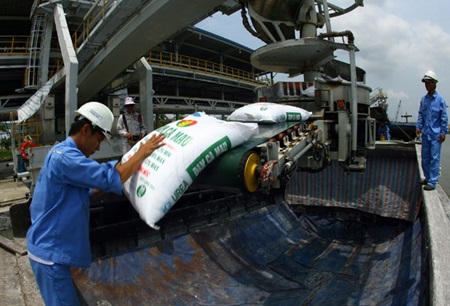Restructuring programme lags behind schedule at State firms
Restructuring programme lags behind schedule at State firms
The restructuring of State-owned enterprises (SOEs) has progressed slowly since it began in 2011, leaving significant tasks to complete by the end of 2015.

According to the Steering Committee for Business Renovation and Development, 143 SOEs were equitised in 2014, well below the set target of 200, and 432 were subjected to restructuring in the 2014-15 period.
The Government raised the total number of SOEs requiring equitisation to 532 in Decision 37/2014/QD-TTg on June 18.
While restructuring was initially rapid, the pace has since slowed dramatically, said Tran Dinh Thien, director of the Vietnam Institute of Economics.
Deputy Head of the Finance Ministry's Department of Entrepreneurial Finance Dang Quyet Tien blamed the slowdown on out-of-date policies and hesitation on the part of ministry leaders and business executives, as well as impacts on Viet Nam's securities and capital markets from the economic crisis in 2011.
However, Finance Minister Dinh Tien Dung emphasised that the programme needed to be implemented differently to make a real breakthrough.
It was necessary to raise awareness of the role of State-run businesses in Viet Nam's socialist-oriented market economy, according to director Thien. He also considered the most critical component of the restructuring process to be enhancing the operational efficiency of the enterprises, which would in turn improve the quality of their products and services and increase their competitiveness.
The Finance Ministry plans to expand SOE restructuring across sectors and business areas as part of efforts to generate a fair playing ground for all businesses.
The ministry has also asked other ministries, localities and businesses to continue reviewing and supplementing the list of enterprises needing restructuring in accordance with the Government's Decision 37/2014/QD-TTg, while developing specific measures to complete restructuring by 2015.



















